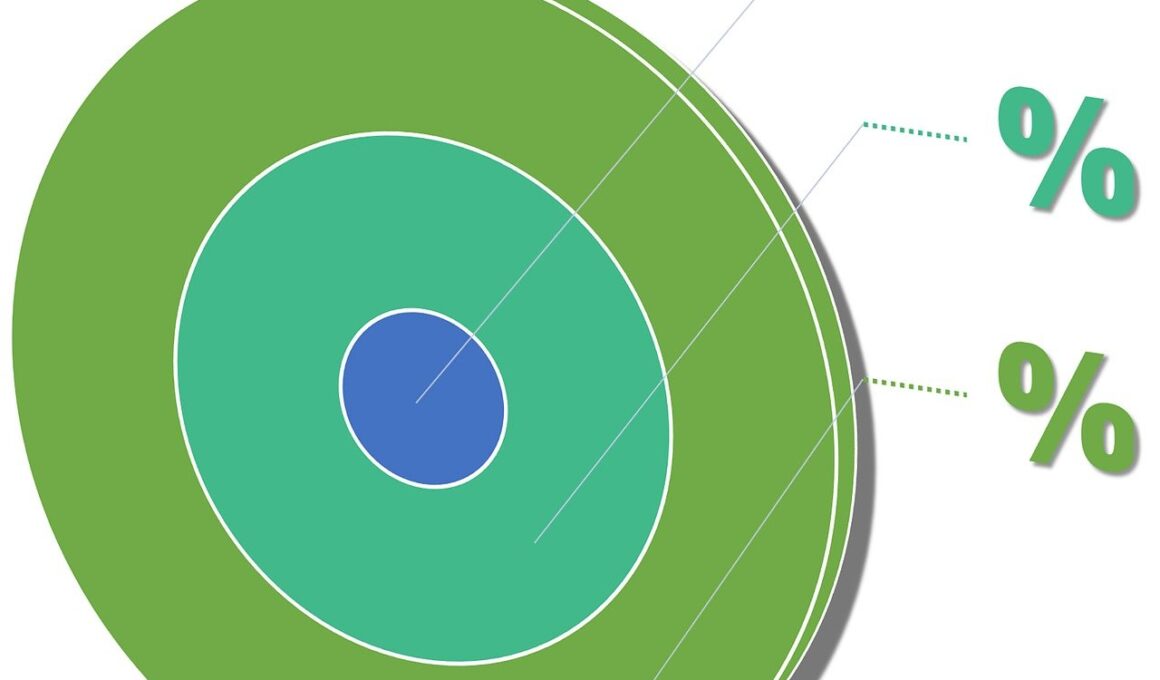Using Data Analytics to Improve Tennis Performance
In the world of tennis, performance is highly competitive and can often hinge on the smallest margins. To gain an edge, many players are now leveraging data analytics tools to refine their gameplay. These tools analyze vast amounts of data, from match statistics to player movements, providing insights that were previously unavailable. With the advancement of technology, apps designed for tennis training are being integrated into practice routines. These applications offer features that track strokes, speed, and even player fatigue, allowing for a comprehensive understanding of one’s game. Digital platforms like these provide not just feedback but also personalized coaching suggestions based on data-driven insights. Players can compare their stats with their peers and professional athletes, giving them a benchmark to strive for. Moreover, integrating data analytics into training leads to more targeted workouts focused on specific areas needing improvement. Insights from these mediums can uncover patterns that help in strategizing against opponents. By adopting such technologies, both amateur and professional players can elevate their training and enhance overall performance on the court.
The Role of Fitness Apps in Tennis Training
Fitness apps tailored for tennis have become an essential aspect of modern training for players of all levels. These applications are designed to enhance both physical strength and on-court performance. With features such as video analysis and progress tracking, athletes gain a clearer view of their development. For example, apps can use metrics such as heart rate and calories burned to provide insights into the intensity of training sessions. This information helps athletes to maintain optimal fitness levels while avoiding overtraining. Training plans can be customized based on collected data, catering specifically to each player’s unique strengths and weaknesses. Coaches, too, benefit from these technologies, as they can monitor their players’ performance in real-time. In addition, social features in these apps foster a sense of community by allowing players to share achievements and encourage one another. Many apps also supply valuable nutritional advice tailored to athletic needs, further enhancing a player’s overall fitness regime. By utilizing these advanced tools, players are equipped to make smarter decisions about their training routines.
The integration of wearables into tennis training has created a significant shift in how players approach their fitness journeys. Devices such as heart rate monitors and smartwatches track essential health metrics in real-time during practice and matches. This constant monitoring enables players to understand their body’s response to physical exertion and tailor their efforts accordingly. By analyzing data collected from these wearables, coaches can develop targeted strategies that enhance endurance and performance. Such insights allow for adjustments in game strategies and physical conditioning. The ability to identify fatigue levels and recovery times can prevent injuries, which is a common concern in high-impact sports like tennis. Players can monitor metrics such as sleep quality and hydration levels, critical components of an athlete’s performance. Furthermore, wearables can also analyze biomechanics during play, helping players perfect their swings and footwork. This data-driven approach empowers players not only to enhance their skills but also to do so in a sustainable manner that supports long-term career viability. Hence, wearables have become integral to a well-rounded fitness regimen for today’s tennis athletes.
Optimizing Performance through Data Analysis
Performance optimization in tennis hinges on data analysis, which offers a multitude of strategies geared toward maximizing player efficiency. By analyzing player movement patterns, data analytics tools can identify strengths and weaknesses in footwork and shot execution. Players gain insight into aspects such as shot placement and response times, which are crucial in point-winning scenarios. By focusing on this data, tailored drills can be employed to address any shortcomings in technique. Additionally, analysis of opponents’ match data provides strategic insights, enabling players to anticipate and counter their competitors’ moves effectively. This predictive analysis can be game-changing, particularly in high-stakes matches. Statistical insights not only aid in gameplay but also in mental preparation, as players visualize potential scenarios based on past performances. Furthermore, peak performance is achieved through precise training schedules based on data feedback. Coaches and players can make informed decisions regarding practice intensity and session timing, fostering better recovery. Ultimately, incorporating thorough data analysis can lead to an elevated standard of play, making each racquet swing more calculated and effective on the court.
Another critical aspect of data-driven tennis training involves post-match analyses, equipping players with insights to bounce back stronger. After a competition, reviewing match statistics can unveil areas for improvement and successful tactics that worked effectively. Players can analyze metrics such as first serve percentage, unforced errors, and breakpoint conversions. This data helps in formulating strategies for future matches, addressing specific transactional sequences that led to losses. In some cases, collaborating with data analysts allows players to delve deeper into performance metrics, revealing detailed trends over several matches. Evaluating these patterns can help in understanding an athlete’s evolving game style. Moreover, gathering feedback from the data collected enables a continuous improvement loop, where players can adapt their training as required. Such analyses contribute significantly to psychological preparedness, as players address areas of concern head-on. Mental resilience is as crucial as physical ability in tennis, and data can illuminate pathways to develop a stronger mindset. Hence, this comprehensive approach ushers in a new era of tennis training where data not only informs future performance decisions but fortifies athletes’ self-confidence.
Building a Collaborative Environment
Data analytics fosters collaboration between players, coaches, and trainers, creating a supportive ecosystem for improvement. By sharing insights derived from performance metrics, everyone involved can contribute to a holistic development approach. Coaches can provide constructive feedback based on factual data, which makes it easier for players to understand areas that require attention. Likewise, trainers can adjust physical conditioning based on the player’s performance statistics, ensuring that each player reaches their peak fitness levels. This collaborative effort can create a culture of accountability, where everyone is invested in the player’s success. Regular meetings to discuss data findings and training adjustments foster communication and build trust among the team, which is essential for progress. As players work closely with their support team, they can engage in an ongoing dialogue about their primary objectives, thus refining their long-term goals. Furthermore, collaboration promotes innovation as coaches experiment with different training methodologies based on analytics. Embracing this cooperative environment ensures that players feel supported throughout their journey, particularly in overcoming challenges on the road to achieving their athletic aspirations.
As we look toward the future of tennis training, developments in data analytics technology will likely continue to revolutionize how athletes prepare. Emerging tools are designed not only to track physical performance but also to enhance mental resilience and focus. Integrating psychological data into the fitness regimen can transform how players approach competitive matches. This expansion into mental fitness highlights the importance of a well-rounded athlete who can maintain composure under pressure. Furthermore, advancements in artificial intelligence could lead to even more personalized training programs that adapt in real-time, providing tailored feedback instantaneously. Such innovations could analyze opponents and suggest various play strategies based on an extensive database of historical performances. Accessibility to high-performance analytics is also expected to grow, ensuring players at all levels can benefit from these technologies. As technology advances, tennis players will need to harness these tools effectively, ensuring that they stay ahead of the competition. Ultimately, the ongoing synergy between traditional coaching methods and modern technology promises a bright future for the world of tennis fitness, enabling athletes to push their limits like never before.
In conclusion, data analytics has emerged as a game-changer in tennis, redefining how players train and compete. The transition to data-driven practices underscores the significant impact technology can have on athlete performance. By utilizing apps and wearables, players are better equipped to optimize their training regimens. The insights provided through performance analytics empower athletes to make informed decisions, anticipate opponents’ strategies, and continually evolve their gameplay. Data creates a feedback loop that not only enhances physical capabilities but also nurtures mental toughness, a crucial element in high-level competition. As players embrace these practices and technologies, the future of tennis looks promising. The combination of analytics with traditional training methods illustrates the perfect blend of art and science in the sport. As a community, understanding the value of analytics leads to an enriched experience on and off the court. The impact of technology on tennis fitness will only increase, making it essential for players to adapt. Consequently, the next generation of tennis champions will undoubtedly emerge from a data-savvy environment that prioritizes both performance excellence and longevity in the sport.


